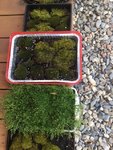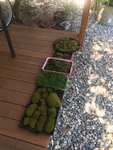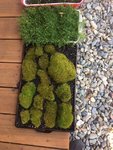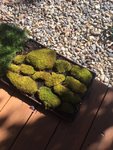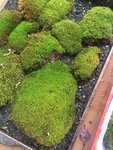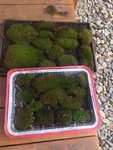Hartinez
Masterpiece
(1) It helps if you have a larger, deeper pot.
(2) Use organic fertilizer.
(3) Moss likes soft, acidic water. It is one reason it does well in rain water, but does not always do well in irrigated water. The moss I found in Westminster was doing well because the car wash was using RO/DI water to wash cars (so that the water wouldn't leave spots).
Thanks!
I’m using moss I found locally. Switched to organic only fertilizer. Had always used chemical, but thought I’d give this a try. Bio gold pouches. And I need to check my water. Azalea has always hated me so maybe that’s a sign of low acidity in my water. Either way. I’m giving this organic only, and moss growing method for the year. We’ll see.

